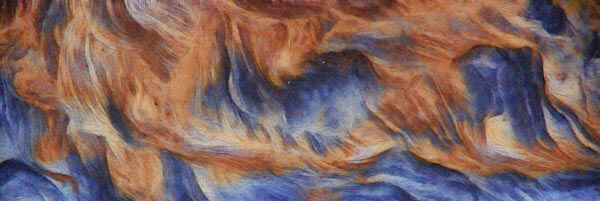
Natalie Wolchover writes: Physicists typically think they “need philosophers and historians of science like birds need ornithologists,” the Nobel laureate David Gross told a roomful of philosophers, historians and physicists last week in Munich, Germany, paraphrasing Richard Feynman.
But desperate times call for desperate measures.
Fundamental physics faces a problem, Gross explained — one dire enough to call for outsiders’ perspectives. “I’m not sure that we don’t need each other at this point in time,” he said.
It was the opening session of a three-day workshop, held in a Romanesque-style lecture hall at Ludwig Maximilian University (LMU Munich) one year after George Ellis and Joe Silk, two white-haired physicists now sitting in the front row, called for such a conference in an incendiary opinion piece in Nature. One hundred attendees had descended on a land with a celebrated tradition in both physics and the philosophy of science to wage what Ellis and Silk declared a “battle for the heart and soul of physics.”
The crisis, as Ellis and Silk tell it, is the wildly speculative nature of modern physics theories, which they say reflects a dangerous departure from the scientific method. Many of today’s theorists — chief among them the proponents of string theory and the multiverse hypothesis — appear convinced of their ideas on the grounds that they are beautiful or logically compelling, despite the impossibility of testing them. Ellis and Silk accused these theorists of “moving the goalposts” of science and blurring the line between physics and pseudoscience. “The imprimatur of science should be awarded only to a theory that is testable,” Ellis and Silk wrote, thereby disqualifying most of the leading theories of the past 40 years. “Only then can we defend science from attack.”
They were reacting, in part, to the controversial ideas of Richard Dawid, an Austrian philosopher whose 2013 book String Theory and the Scientific Method identified three kinds of “non-empirical” evidence that Dawid says can help build trust in scientific theories absent empirical data. Dawid, a researcher at LMU Munich, answered Ellis and Silk’s battle cry and assembled far-flung scholars anchoring all sides of the argument for the high-profile event last week.
Gross, a supporter of string theory who won the 2004 Nobel Prize in physics for his work on the force that glues atoms together, kicked off the workshop by asserting that the problem lies not with physicists but with a “fact of nature” — one that we have been approaching inevitably for four centuries.
The dogged pursuit of a fundamental theory governing all forces of nature requires physicists to inspect the universe more and more closely — to examine, for instance, the atoms within matter, the protons and neutrons within those atoms, and the quarks within those protons and neutrons. But this zooming in demands evermore energy, and the difficulty and cost of building new machines increases exponentially relative to the energy requirement, Gross said. “It hasn’t been a problem so much for the last 400 years, where we’ve gone from centimeters to millionths of a millionth of a millionth of a centimeter” — the current resolving power of the Large Hadron Collider (LHC) in Switzerland, he said. “We’ve gone very far, but this energy-squared is killing us.”
As we approach the practical limits of our ability to probe nature’s underlying principles, the minds of theorists have wandered far beyond the tiniest observable distances and highest possible energies. Strong clues indicate that the truly fundamental constituents of the universe lie at a distance scale 10 million billion times smaller than the resolving power of the LHC. This is the domain of nature that string theory, a candidate “theory of everything,” attempts to describe. But it’s a domain that no one has the faintest idea how to access. [Continue reading…]

